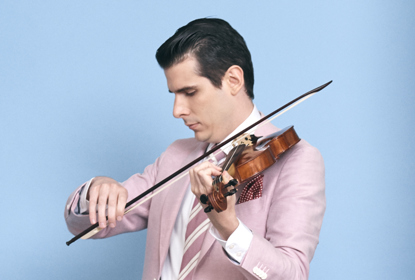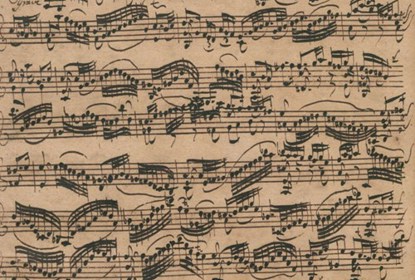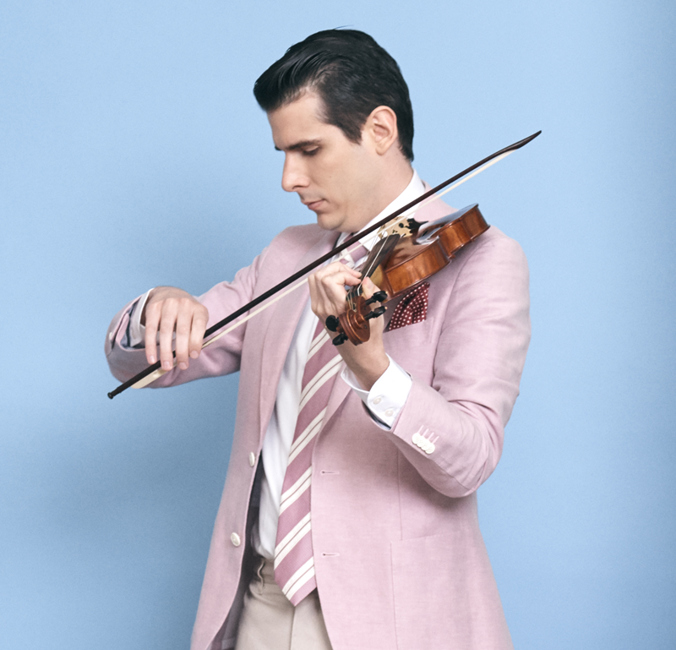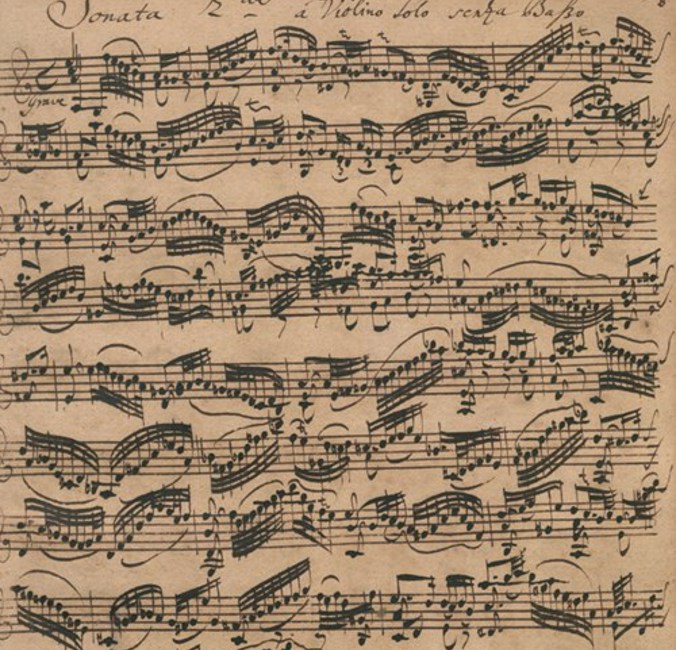Bach Series
Rafael Font Baroque Violin
BACH Nº 5
Rafael Font performs the Grave & Fuga from JS Bach's Sonata No. 2 in A minor for solo violin, BWV 1003
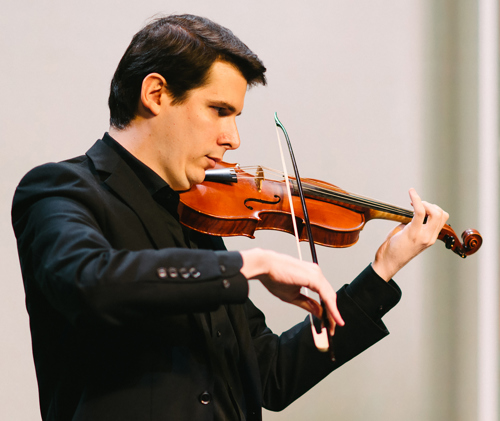
PROGRAM NOTES
Johann Sebastian Bach (1685-1750)
SONATA NO. 2 IN A MINOR, BWV 1003
Grave & Fuga
Since the death of Johann Sebastian Bach, many musicologists have dedicated much of their own lives to the study of his life and music. One cornerstone of modern research is the first-ever biography of Bach’s life, written by Johann Nikolaus Forkel and first published in 1802. The direct correspondence between Forkel and two of Bach’s sons, Carl Philipp Emanuel and Wilhelm Friedeman, provides valuable insights that may otherwise have been lost.
Although renowned in his day as a keyboard virtuoso, JS Bach was brought up in the Stadtpfeifer tradition of practical multi-instrumentalists. Bach’s father, Johann Ambrosius, was a notable violinist and trumpeter, and much like a child of any other tradesman the young Johann Sebastian received direct instruction in violin playing. In fact, the Stainer violin listed among the instruments in Bach’s estate was perhaps an inheritance from Johann Ambrosius.
In one of his letters, Carl Philipp Emanuel wrote the following of his father’s violin playing to Forkel:
![]()
In his youth and until the approach of old age he played the violin cleanly and penetratingly, and thus kept the orchestra in better order than he could have done with the harpsichord. He understood to perfection the possibilities of all stringed instruments. This is evidenced by his solos for the violin and for the violoncello without [accompanying] bass. One of the greatest violinists once told me that he had seen nothing more perfect for learning to be a good violinist, and could suggest nothing better to anyone eager to learn, than the said violin solos without bass.
CARL PHILIPP EMANUEL
Within a single stave, JS Bach’s Sonatas and Partitas for solo violin demand much of any performer; his masterful control of polyphony – the overlapping of two or more independent melodic lines – is applied here to the violin in the same way as in many of his works for solo keyboard. Perhaps this is why Bach’s collection, the only one he produced, remains essential repertoire for solo violin to this day.
However, Bach’s approach to polyphonic writing for the violin was not novel in Germany. His output follows that of other seventeenth-century violinists and composers, many of whom are still considered to be pioneers for the instrument and essential learning. Among such predecessors are Thomas Baltzar, Johann Heinrich Schmelzer, Heinrich Ignaz Franz Biber, and the composers of the so-called Dresden school – Johann Jakob Walther and Johann Paul von Westhoff. It is on the shoulders of these giants that Bach is now considered to have brought this compositional technique to its zenith.
WHAT TO LISTEN FOR
In this performance for the Bach Series, Brandenburg Baroque violinist Rafael Font chose arguably one of the most challenging movements in all of JS Bach’s pieces for solo violin – the Grave & Fuga from Sonata No. 2 in A minor:
![]()
The Grave from the Sonata No. 2 is the perfect example of Baroque architecture in music. Just like in a Baroque cathedral, there is a clear structure of columns (harmony in the form of chords), supporting an elaborate structure of arches full of ornamentation (melody). Bach was meticulous in the notation of his ornamented melody in keeping with the mathematical rules of notation. I chose to interpret it as an improvised decoration delicately woven on top of the structure, in keeping with the concept of Sprezzatura, or “effortless grace” that the pioneer of Baroque music Caccini introduced in 1600.
In the Fuga, I think of the main subject as depicting the struggle of human existence, represented musically by two steps forward (up), one step back (down). This is juxtaposed by the secondary subject of a lament, here a four-note descending chromatic line. The lament was a very popular rhetorical device, most famously used as a bassline by Purcell in Dido's lament from Dido & Aeneas, and in Monteverdi’s Lamento della Ninfa.
The Fuga alternates between sections of the simple fugue in three parts using the main or the secondary subject, and contrasting episodes of fantasy that depart from these basic ideas and take us to different tonalities. As the piece progresses, the lament is eventually turned on its head, ascending rather than descending, giving a glimmer of hope. After a final flurry of virtuosity, the fugue ends on a final chord with a Picardy third – a surprise ending in A major, when death finally brings respite from the pains of earthly life.
RAFAEL FONT
Program Notes: Joanna Butler & Hugh Ronzani, 2020
Image Credit: Katelyn Jane-Dunn, 2020
BACH SERIES PRESENTING PARTNER
Artists
Listen
{% error.message %}
More for you...
{% series.name %}
Featured Content
{% series.featuredTitle %}






